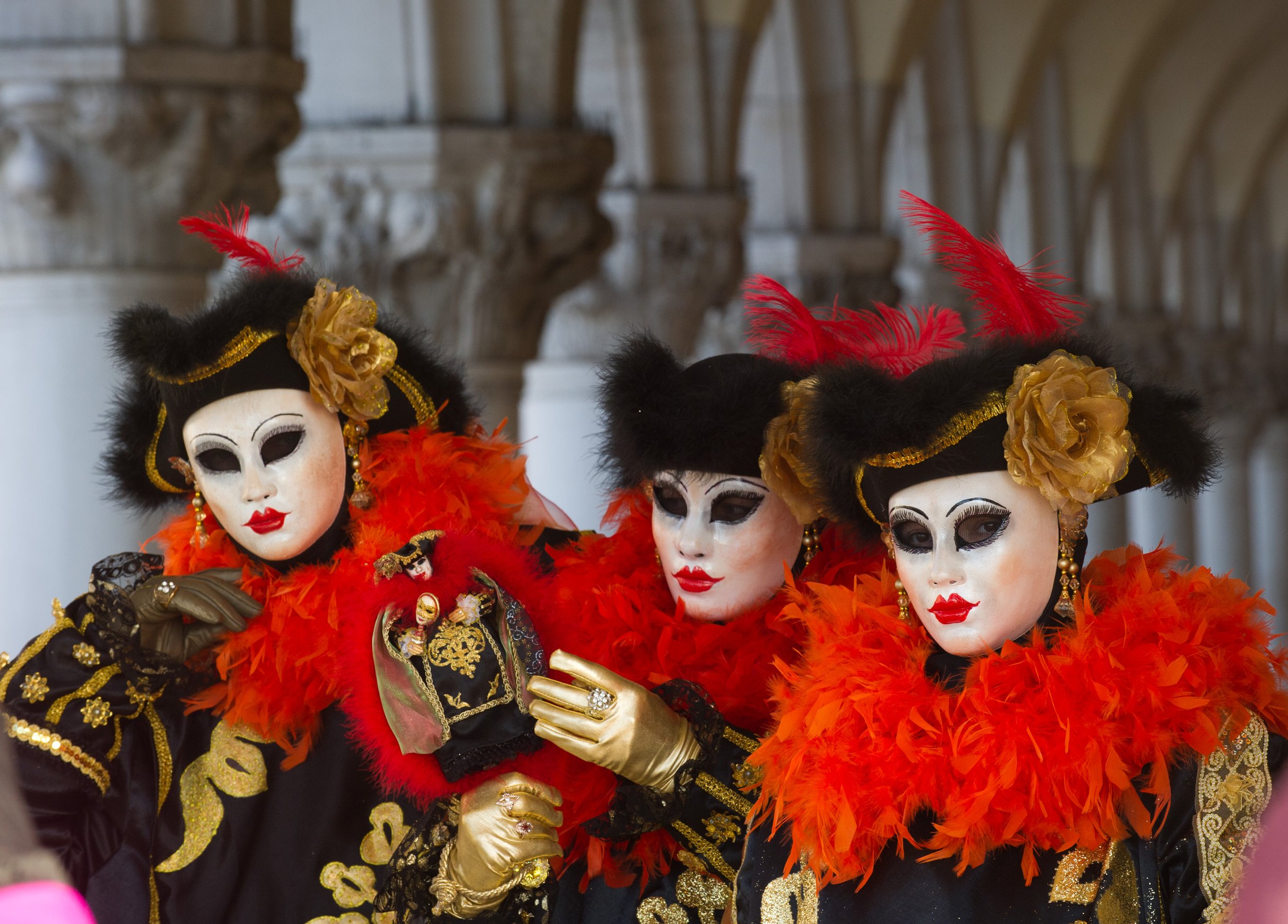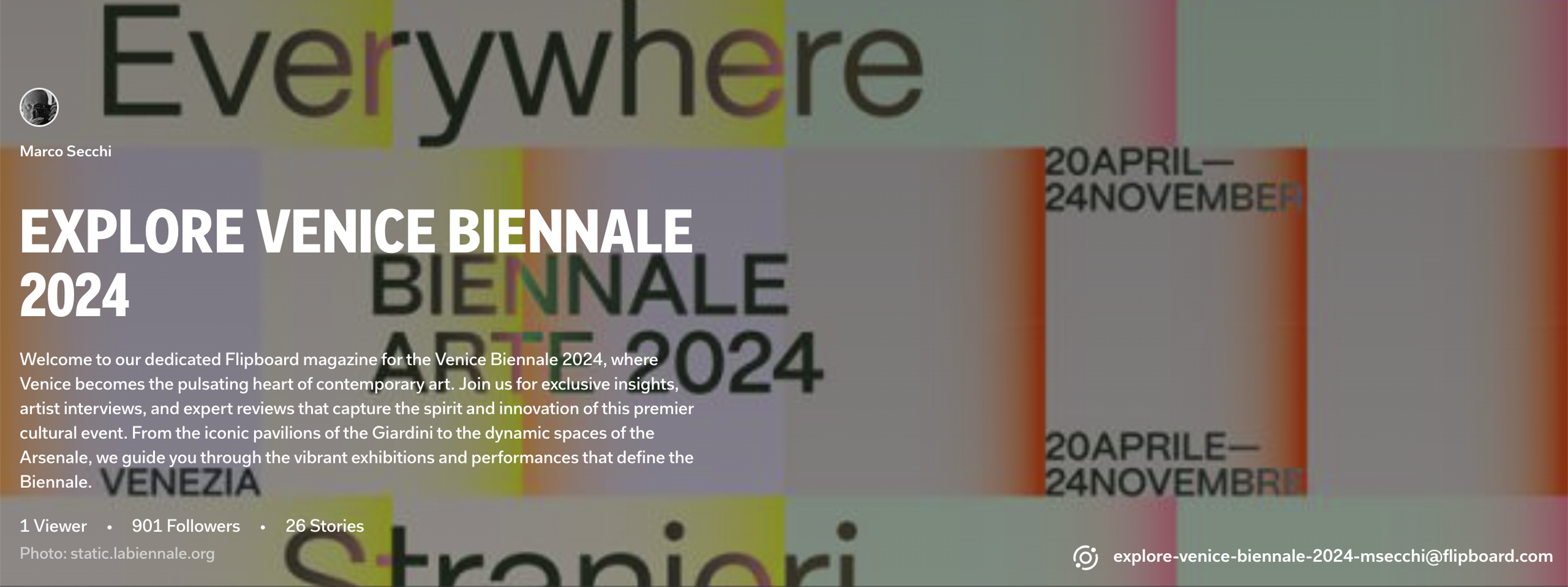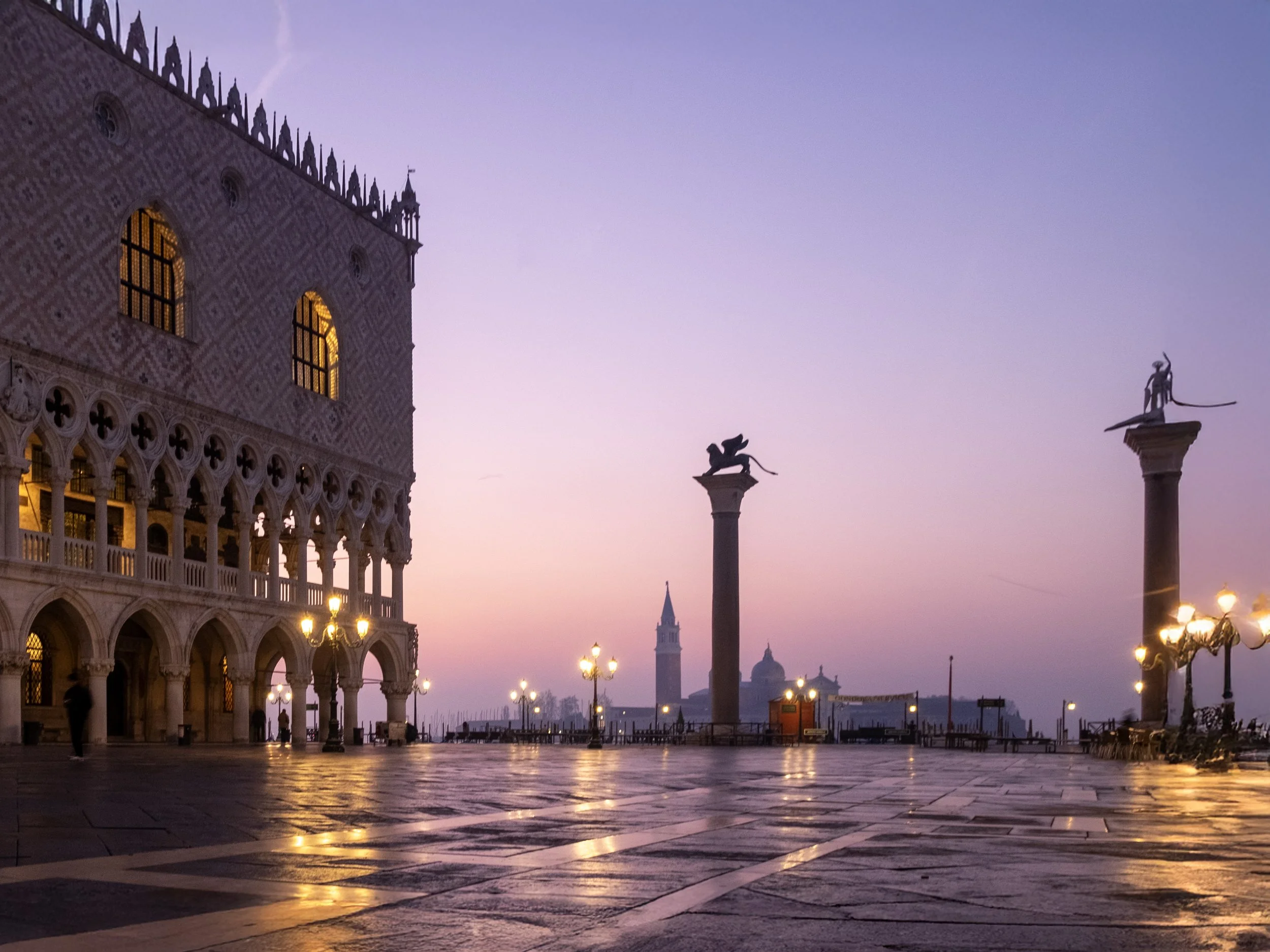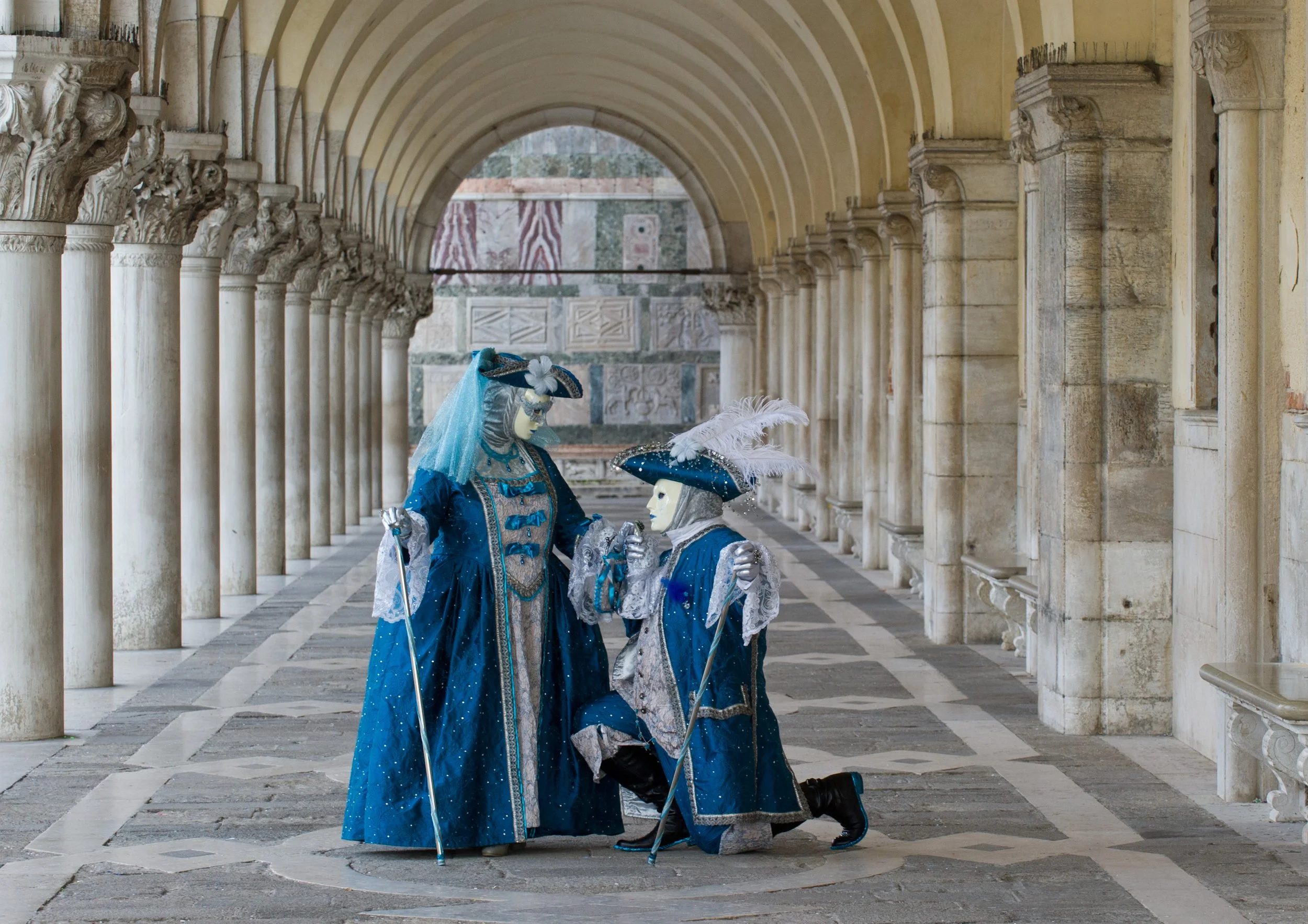Venice Carnival 2026 Photography Workshop
/Venice Carnival 2026 Photography Workshop
Step into the magic of Venice carnival with an insider’s guide — one frame at a time.
🎭 Why 2026 is different
“Building on the incredible energy of our 2023 and 2024 workshops, this year promises even more exclusive access, refined itineraries, and custom portrait opportunities. Expect deeper storytelling through your lens — and moments you won’t find on postcards.”
📅 Dates & Highlights
Peak period: Venice Carnival 2026 is from the 7th to the 17th of February 2026..
Exclusive encounters: Sunrise and evening sessions near iconic locations like St. Mark’s and hidden canals, when Venice whispers its secrets.
Inside access: Quiet, less-crowded zones curated just for us, blending cityscape drama with intimate portraits.
🧭 What you’ll take home
Beyond costume clichés: Learn to capture character, gesture, and emotion for unforgettable editorial-style images.
Technical confidence: From manual exposure in low light to dynamic street scenes, I'll help you remain creative control-ready.
A refined editing workflow: Pre‑ and post‑shoot sessions will help you shape your visual narrative.
👥 Private & Group Experiences
3-DAY Venice Carnival 2026 Workshop
9th -11th. and 12th - 14th FEBRUARY 2026
Euro 980 Per Person Max 6 people
Three full days approx, 8 hours of shooting per day
1 Day 1-2-1 Sunrise to Sunset
available during 8th to 15th February 2026
Euro 950 for 2 people
Choose the format that fits your vision, and together we'll bring your most evocative Carnival story to life.
🔗 Ready to reserve your spot?
Let me know whether you prefer private or group, plus any key shots you'd love to capture. Spaces are limited — let’s make your 2026 Carnival unforgettable
My Venice Carnival Workshops are exclusive to Fernwayer.
You can contact me HERE
🎭 Venice Carnival 2026 Photography Workshop
Document the Story Behind the Mask
Delve into the heart of Venice during its most enigmatic season. Carnevale is not merely an event — it's a narrative unfolding in alleys veiled by February mist, where every shadow whispers secrets, and every silhouette begs to be framed.
For a photojournalist — and a storyteller — Carnevale is a sensory storm, a theatre of the surreal, and a challenge to see beyond the spectacle.
🖋 What This Workshop Is (And Isn’t)
In this 2026 edition, we go beyond the grand costumes. Yes, we’ll cross paths with dazzling masks and baroque flourishes, but that’s just the surface. Our focus? The unscripted chaos, the quiet absurdity, the fleeting gestures that define the soul of Carnival.
Expect a documentary and street photography approach:
Shooting early mornings in fog-wrapped piazzas
Observing masked figures in solitude, away from the crowd
Capturing juxtapositions of tourists and locals, surreal and mundane
🏙 Venice in February
The city wears its most dramatic mood in February — part ghost story, part theatre set. Light becomes texture. Spaces feel cinematic. And you, the photographer, are the narrator.
We’ll navigate hidden corners and crowd-heavy battlegrounds alike, always chasing stories — not staged portraits, but the strangeness of the real.
📷 Who This Is For
This is for photographers who:
Are tired of postcard shots
Want to develop a sharper, journalistic eye
See photography as storytelling, not souvenir-making


































